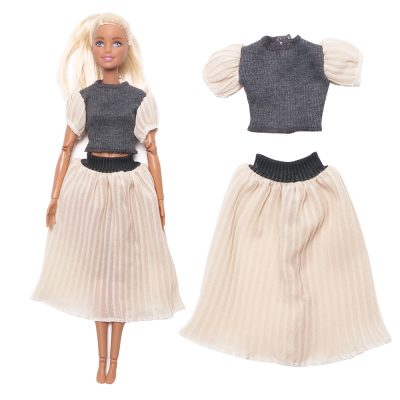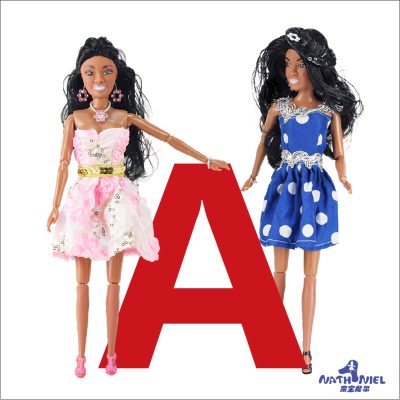- Early Stereotypes: In her early years, Barbie was primarily marketed as a teenage fashion model and often portrayed in traditional feminine roles such as homemaking, fashion, and dating. Some critics argue that these portrayals reinforced gender stereotypes and limited girls’ aspirations.
- Career-Themed Dolls: Starting in the 1960s and expanding in the 1980s, Barbie took on various career roles, including doctor, astronaut, pilot, businesswoman, and more. These career-themed dolls encouraged girls to imagine themselves in a wide range of professional roles, promoting the idea that women could pursue careers and achieve their goals.
- Empowerment Messaging: In recent years, Barbie has embraced empowerment messaging. The “You Can Be Anything” campaign, for example, encourages girls to pursue their dreams and break down gender barriers. Barbie has been portrayed in roles like a robotics engineer, computer programmer, and game developer to promote STEM (Science, Technology, Engineering, and Mathematics) careers for girls.
- Diversity and Inclusivity: Barbie has introduced dolls with diverse ethnicities, abilities, and body types. This inclusivity reflects a broader understanding of gender equality, recognizing that all individuals should have the opportunity to see themselves represented and empowered in toys and media.
- Encouraging Imaginative Play: Barbie can serve as a tool for imaginative play that allows children to explore different roles and scenarios. Encouraging open-ended play with Barbie dolls can foster creativity and help children challenge traditional gender roles.
- Partnerships and Initiatives: Mattel, the company that produces Barbie, has partnered with organizations and initiatives focused on gender equality and girls’ empowerment, furthering Barbie’s role as an advocate for positive change.
While Barbie has made significant strides in promoting gender equality and empowering girls, she has also faced criticism and controversy over the years for her initial portrayal and the impact she may have on reinforcing gender stereotypes. However, her evolution demonstrates the potential for toys and media to adapt and contribute to more equitable and inclusive representations of gender roles and opportunities.
Ultimately, Barbie’s impact on gender equality can vary depending on how she is used in play, the messages she conveys, and the conversations she sparks within families and society at large. Parents, caregivers, and educators can play a crucial role in helping children navigate these discussions and use Barbie as a tool for positive learning and empowerment.



















